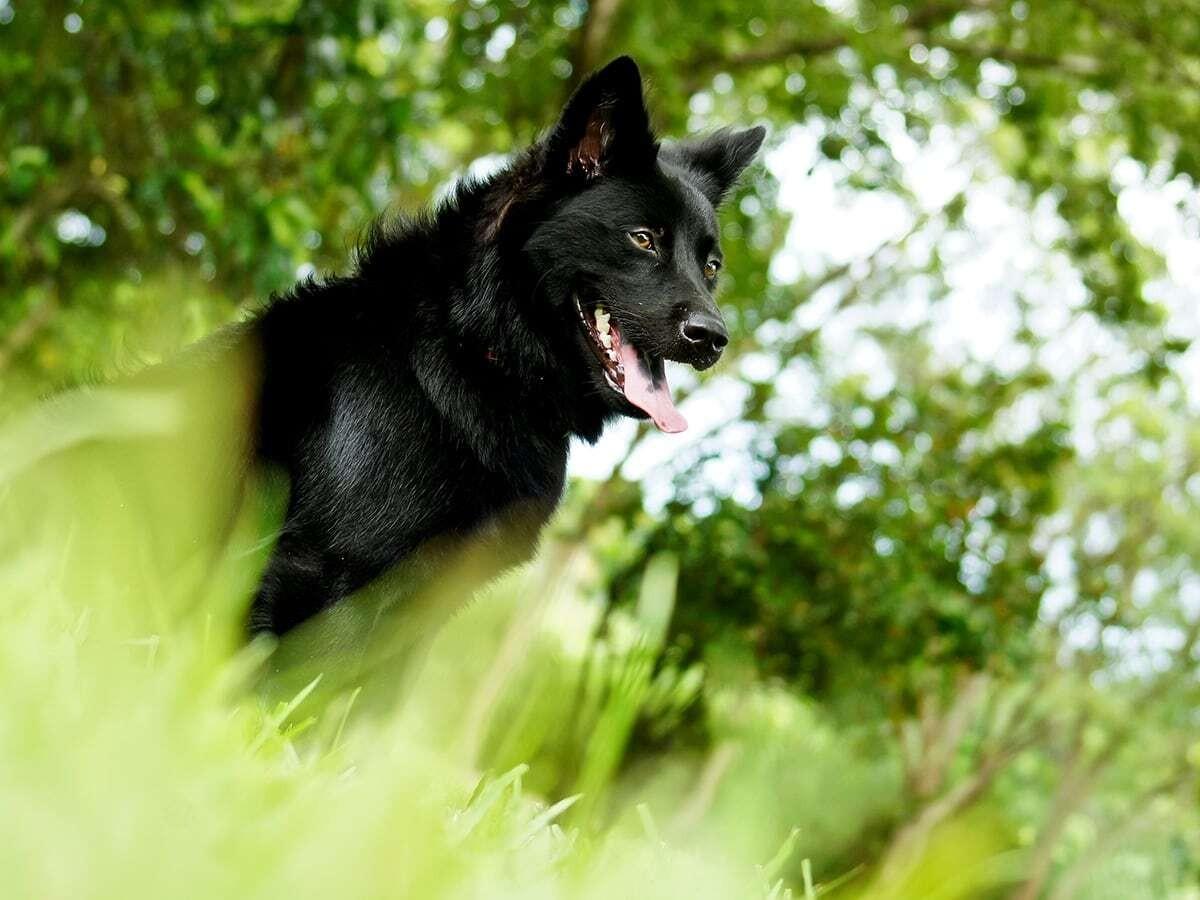Ever paid for Bungee Jumping and then backed out at the last minute? Well, if you did not then Kudos to you! But if you did then that’s completely normal. Altitude sickness affects 25% to 85% of people traveling to high altitudes. And this happens especially to those who live in low-altitude areas.
But what about our four-legged companions, though? Well, it’s the same for them.
Dogs are also susceptible to altitude sickness, which can include many of the same symptoms experienced by humans. Our furry babies can experience vomiting, headache, and, in extreme cases, a build-up of fluid in the lungs and brain when exposed to high altitudes.
3 kinds of altitude sickness can affect both humans and dogs –
AMS or Acute mountain sickness – It is a common illness that is characterized by dizziness, muscle aches, and nausea.
HAPE or High Altitude Pulmonary Edema –This is a more serious illness as here fluid starts building up in the lungs
HACE – High Altitude Cerebral Edema – Fluid develops in the brain and can be life-threatening
To learn more about altitude sickness in dogs, continue reading below.
How Do I Know If My Dog Has Altitude Sickness?
If you’ve taken your dog for a hike along with you or on a vacation to the mountains, the low levels of oxygen in the atmosphere may cause some difficulty. And to know if your dog is going through altitude sickness, check for the following signs –
Shortness of breath
Nausea
Loss of appetite
Increased heart rate
Pale gums
Swelling of face or limbs
Excessive panting or drooling
Bleeding from the nose
Lack of coordination
Dry cough
Vomiting
Lethargy
The chance of your dog facing nausea increases above 8000 feet. Your dog may push through the symptoms at times to please you but as a responsible and loving parent, you need to keep a close watch on the symptoms.
Also, mountain hiking is not the only cause of altitude sickness. Air travel can also induce altitude sickness in dogs.
How Long Does it Take a Dog to Adjust to High Altitude?
People who hike or trek often would be aware of the term ‘acclimatization’. For those who are not, it is the process of getting your body adjusted to a major climate change. This is needed especially when you go from a low altitude region to a high one. This piece of information is not only for humans but for your canine friend as well.
If you’re moving from a city like New York (low altitude) to one like Denver (high altitude) or if you’ve recently adopted a dog from a low altitude region and you live in a higher one, it may take at least a few days or even a couple of weeks for your dog to get acclimatized. You must take care of the following in those days –
Go for short walks. Do not exert your dog.
While it’s important to spend time out, try not to overdo it.
Keep the dog hydrated at all times
Keep close attention to your canine’s diet. Make sure it’s healthy.
What Altitude is Too High For Dogs?
The common symptoms start once your dog is above 8000 ft. But if your pet is not used to high altitudes at all, you may start seeing some of the signs above 5000-6000 ft. It usually takes about 12-14 hours of altitude exposure for the symptoms to occur. Altitudes above 11,500 feet are considered extreme for both humans and dogs.
How to Prevent Dog Nausea / Altitude Sickness in Dogs
Start low – If you are planning to make your dog your hike companion, start with lower altitudes and shorter hikes. Increase the elevation and duration gradually. Do not jump to 10,000 ft. directly. While this is important for your dog, you should also follow the same to avoid any form of sickness. We understand that you may be excited for the first hike with your buddy and the excitement may even get you to the peak but it is the descent that can become challenging. Hence, you must take care of the following -
Water breaks – While hiking, make sure your dog is properly hydrated at all times. And nothing beats water when it comes to hydration. But if you’re traveling from a low-altitude region to a high one, make sure you take a halt in the middle and continue the next day so that your dog gets time to acclimatize.
Get some toys– Remember the feeling of pressure building up your ears as the altitude keeps rising and then waiting for them to pop? Well, the same happens to dogs. A toy to chew on can help alleviate some of their discomfort at such times.
And always carry a first-aid kit with you.
Which Dog Breeds Have a Higher Chance of Altitude Sickness?
Short-nosed or Brachycephalic dog breeds like Boxers, Pugs, Pekinese, and Bulldogs have a higher chance of getting nausea or altitude sickness. Older dogs are also comparatively more susceptible to altitude sickness and in severe cases may suffer from congestive heart failure.
Get Your First Dog an Insurance Plan Today!
Nausea from altitude can result in severe sickness for your dog. If the sickness grows into HAFE or HACE, it can be both, painful for your dog and expensive for you.

With 15 years as a dog and cat parent, my pet articles are a mix of humor and firsthand experience - proof that the best stories often come with paws and purrs.











